Explore the main cities of Albania
Albania is a country in southeastern Europe, bordered by Montenegro to the northwest, Kosovo* and Macedonia to the northeast, Serbia to the east, and Greece to the south. It has a population of 2 million people. Although geographically small, Albania has been greatly influenced by various empires throughout history including Ancient Greece and Byzantine Empire. Today it is known for its stunning coastline and mountainous interior with many historical sites such as Berat Castle near Tirana or Kruje Fortress near Shkoder.
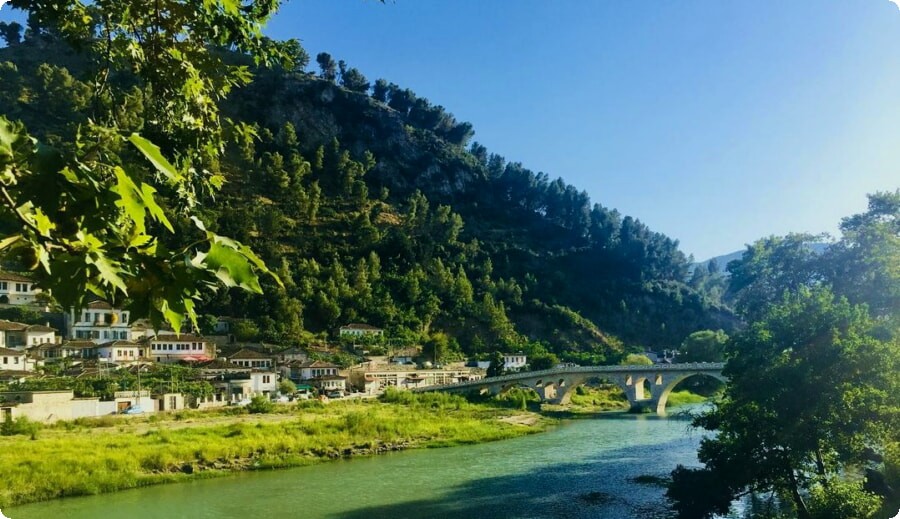
Tirana
Tirana is the capital and largest city of Albania. It is located on the center of the country's coast, on the river Tirana, which runs through the city. The population of Tirana is about 700,000 people and it has been growing rapidly since 1990s due to economic immigration from rural areas into cities like Tirana.
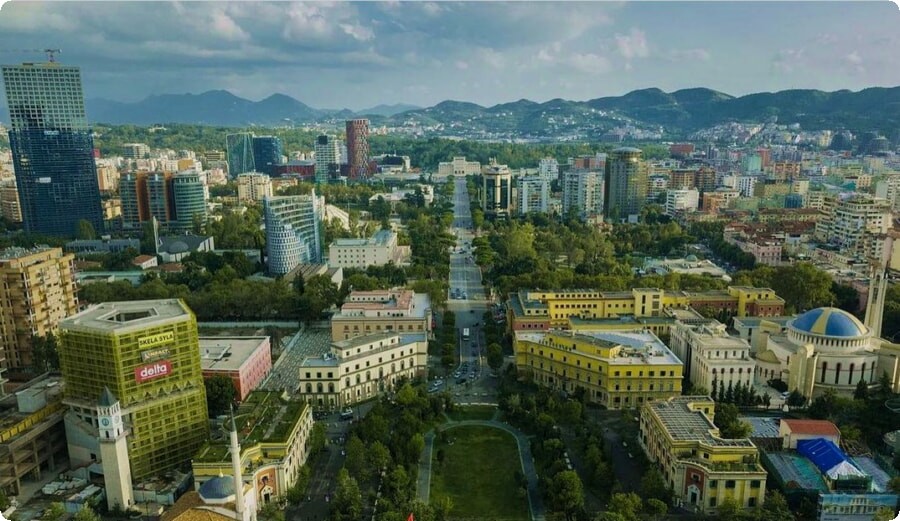
The city is also known as "the cultural capital" because it has many museums and art galleries that showcase Albanian culture through paintings, sculptures and photography from different periods in history such as ancient Illyrian times until present day communist dictatorship under Enver Hoxha who ruled Albania from 1944 until 1985 when he died at age 86 (two years after he stepped down).
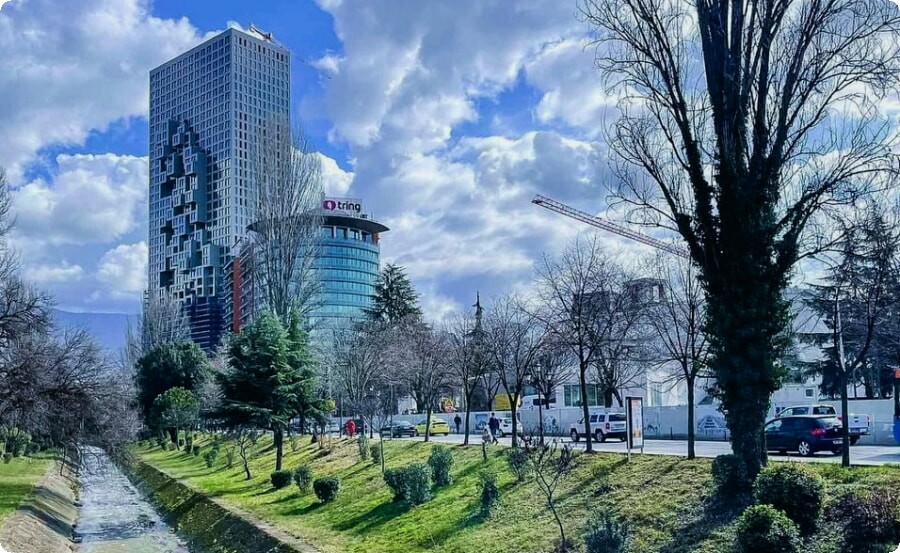
Tirana became capital city after World War II when Communist dictator Enver Hoxha decided to move capital away from Vlora where it had been for centuries before him because he wanted more central position within country where all main roads intersected with each other so they could easily be monitored by secret police who worked closely together with Soviet Union intelligence agencies during Cold War era when communism was popular among many countries around world including China too!
Durres
Durres is the second largest city in Albania, and it's situated on the coast. The city was founded by the Illyrians in the 6th century BC, who named it Durrachium. It became an important trade center for ancient Greece and Rome. Today, you can still see many ruins from their civilizations around this area!
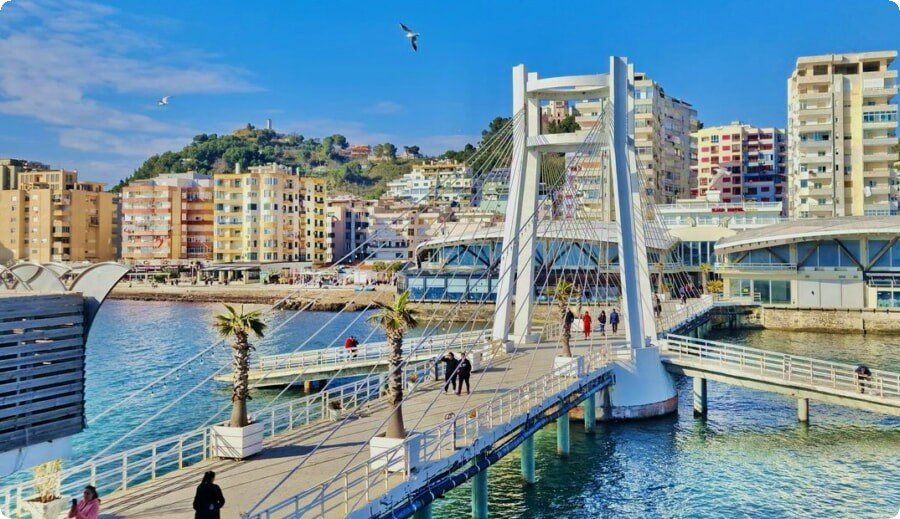
Durres has a modern look to it due to its architecture; there are many tall buildings that were built after World War II ended (when Albania was under communist rule). A lot of people visit Durres because there are several beaches nearby where they can relax or go swimming during hot summer days!
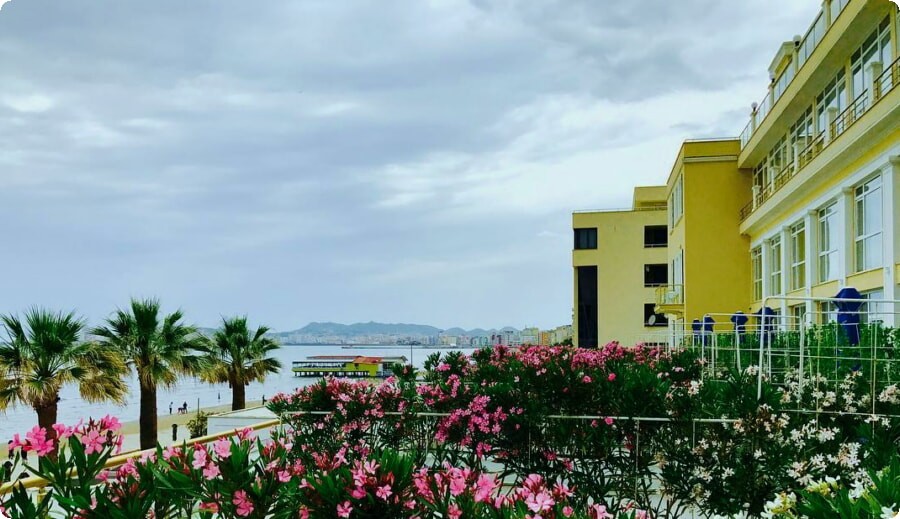
Berat
Berat is a town in central Albania, located on the left bank of the river Osum, at the foot of Mount Tomorr. The town was first mentioned in 1332 and became part of Ottoman Empire in 1417. It was governed by several families who built many mosques and other religious buildings. Berat has been declared a UNESCO World Heritage Site since 2008 due to its well-preserved medieval architecture.
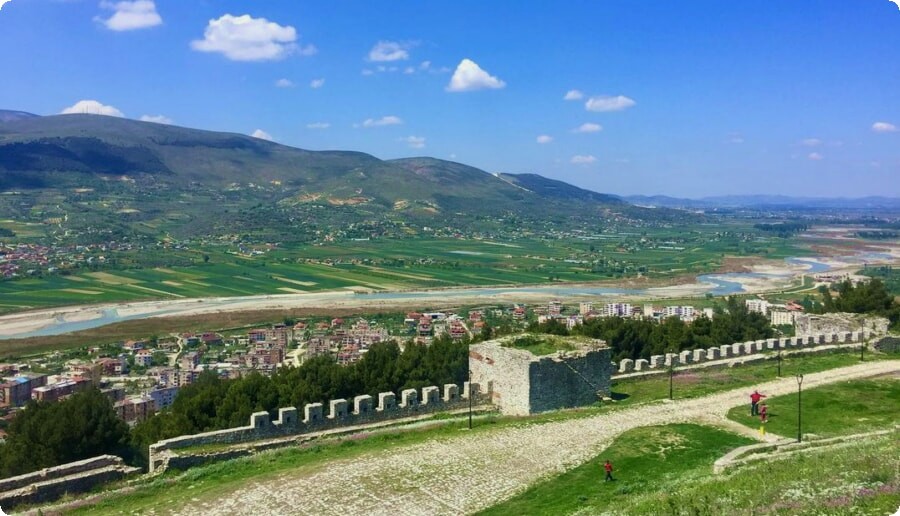
Gjirokaster
Gjirokaster is the second largest city in Albania and the capital of Gjirokastra County. It is located in southern Albania, near the Greek border. The city was originally named Argyrokastron (meaning "silver castle") after its establishment by Greek settlers from Corinth during the 6th century BC; it was later renamed as Gjirokastra under Ottoman rule. Today it remains a popular tourist destination due to its historic architecture and landscape.
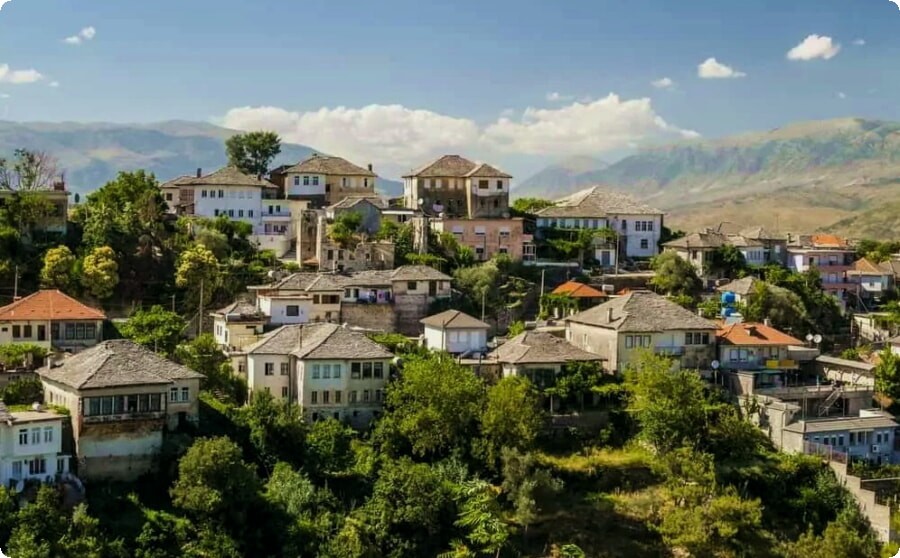
Shkoder
Shkoder, or Shkodra in Albanian, is the capital of the district of Shkodër and the largest city in northern Albania. It's located in the center of the country on the shores of Lake Shkodër.
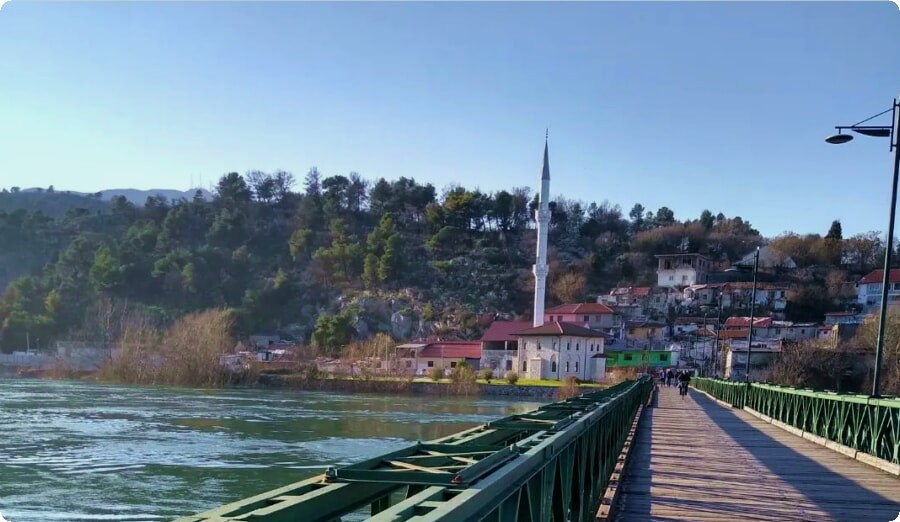
Shkoder is an important cultural center for Albanians; it was once known as a city with many mosques and churches. The city has two universities: University of Shkodër and Agricultural University Tirana-Shkoder (AUST).
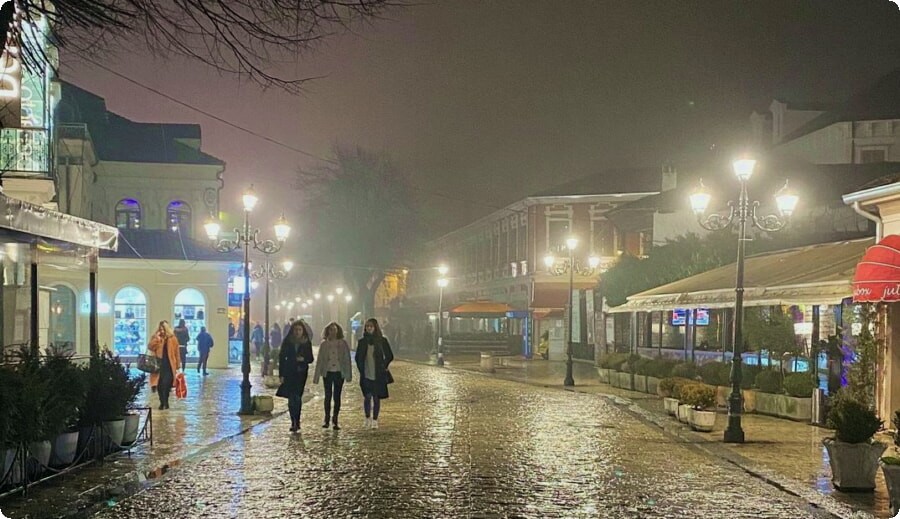
Kruje
Kruje is located in the center of Albania, and it has a long history. It's famous for its castle and wine. The city also has a museum dedicated to the Albanian communist leader Enver Hoxha, who was born there.
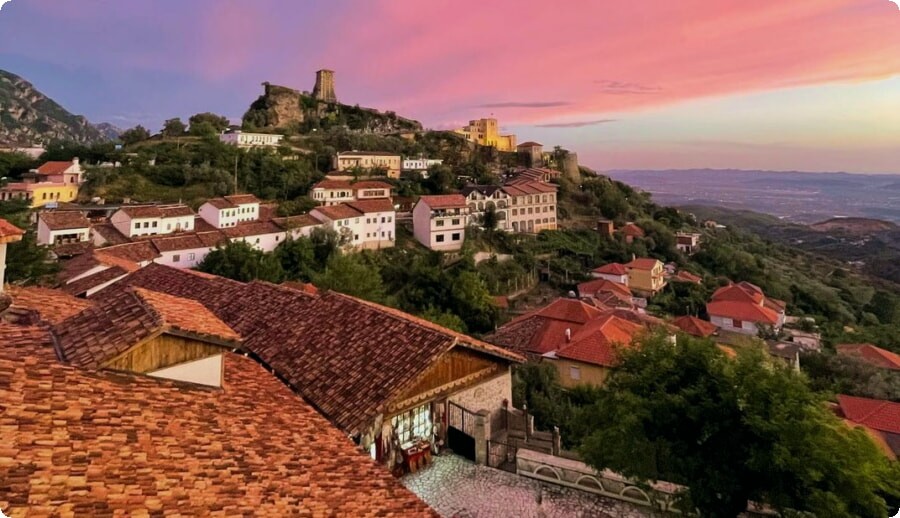
Albania is a beautiful country with many historical sites
Albania is a beautiful country with many historical sites. Tirana is the capital and largest city in Albania, as well as its cultural and economic center. Durres is the second largest city, followed by Berat -- a UNESCO World Heritage Site for its architecture -- which lies on the coast of Southern Albania.
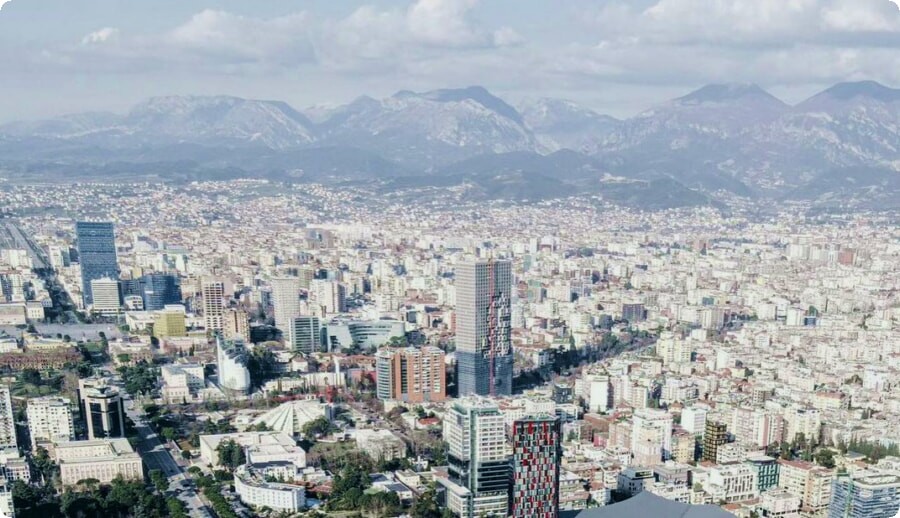
This region offers visitors many opportunities to explore history through museums or archaeological sites such as Butrint National Park (one of Europe's oldest parks). Visitors can also attend festivals celebrating local traditions like Albanian folk dancing or take part in tours through rural areas where life has changed little over centuries past.
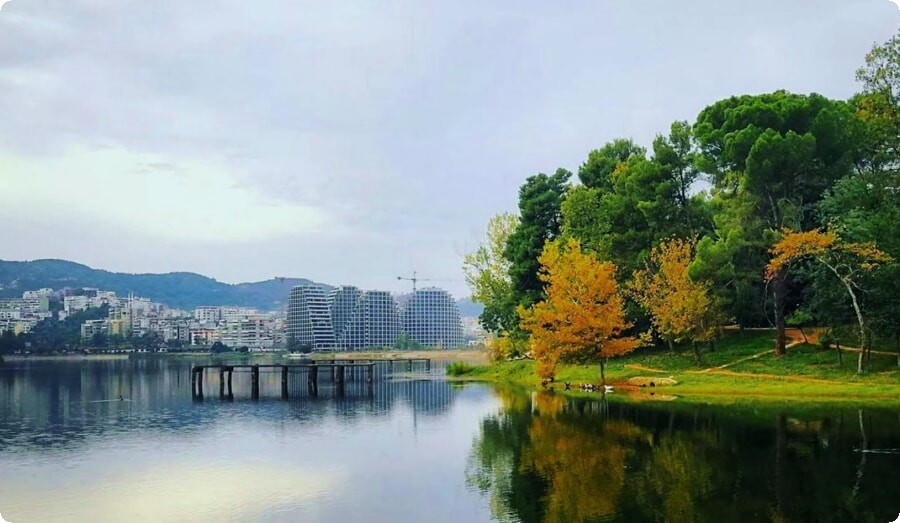
We hope that you have enjoyed learning about the main cities of Albania. We know it can be difficult to decide where to go on vacation, so we wanted to give you some ideas! Hopefully this article has helped point you in the right direction as far as exploring new places goes.
